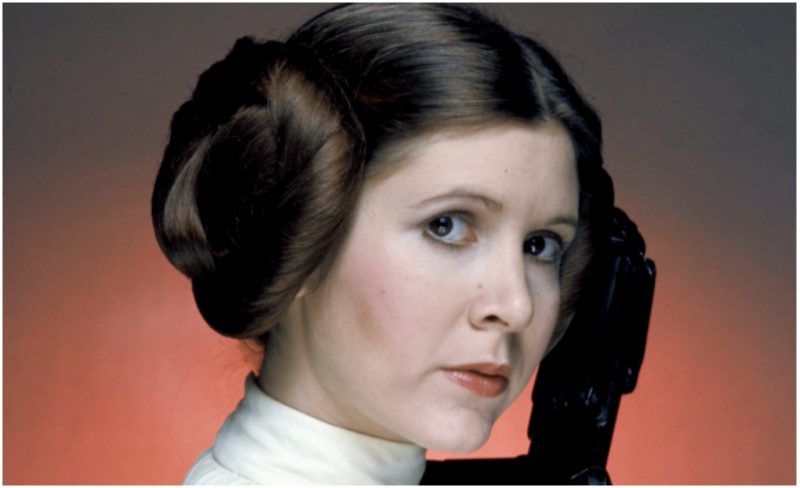They’ve been referred to as a pair of cinnamon buns, and are among the least cosmic aspects of the original Star Wars movie.
Over the years Princess Leia’s distinctive hairdo has been referenced everywhere from Friends to Spaceballs. The late Carrie Fisher only sported it the once, for 1977’s A New Hope, back when she was a teenager. It was one time too many as far as she was concerned.
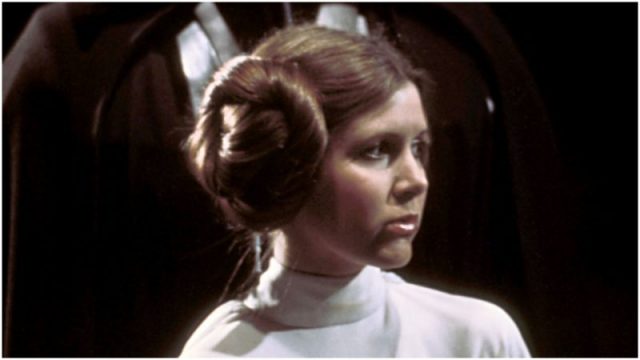
Talking to People Magazine in 2015 about possibly letting slip Star Wars spoilers, she said, “I would have been sentenced to wear that awful hairstyle from the first film.”
Despite being set a long time ago in a galaxy far, far away, it’s surprising to learn of an Earthbound connection to Leia’s styled scalp. George Lucas mentioned this during an interview for TIME in 2002.
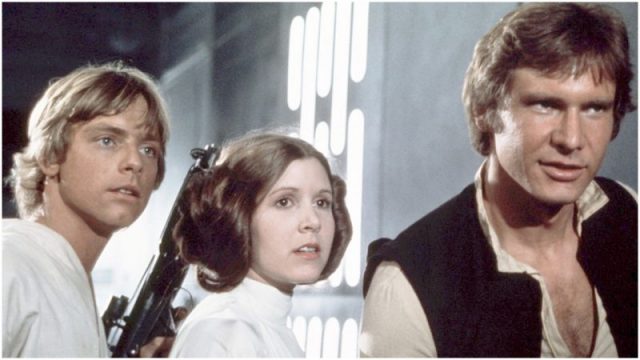
“The buns are basically from turn-of-the-century Mexico,” he revealed. Specifically referenced were the “soldaderas,” female revolutionaries. Though for Lucas this didn’t appear to be an accurate tribute, more a visual aid for Leia’s look.
Other commentators have noted how impractical the buns would have been in the struggle for freedom. Better comparisons were drawn between Leia and Native American Hopi women.
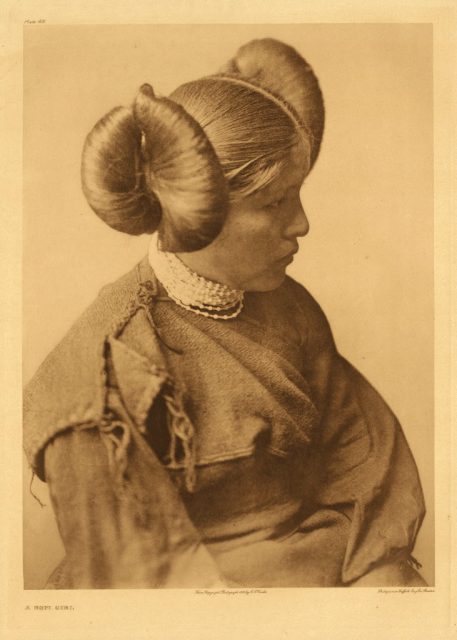
“At the turn of the century, the Hopi women were known for resisting colonial rule,” wrote Digital Spy in 2017, “and as part of their unique style and resilience, they would wear their hair like this as a sign of their maidenhood.”
This was a perfect fit for Fisher’s heroine, who bucked the regal trend and took the fight to the evil Empire.
Talking to USA Today in 1977, she said, “It’s not your damsel in distress every day run of the mill princess. She doesn’t scream and faint without the guys. She’s OK on her own. George… didn’t write her as, ‘oh god please help me, they’re chasing me, the storm troopers are chasing me.’ She’s very independent.”
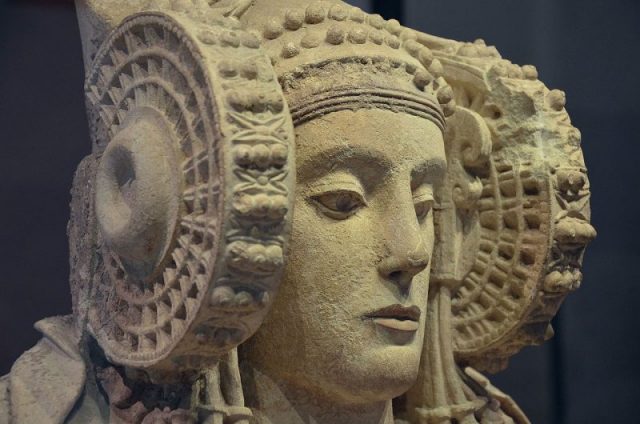
With the advent of photography, images of other cultures became widely-known, so cultural appropriation was also behind the popularization of the ’do.
Author and costume expert Kendra Van Cleave, interviewed by the BBC in 2016, remarked that “American women got the vote in 1920, and were attending college and taking on professional employment in unprecedented numbers… the arty, bohemian women… adopted ‘ethnic’ fashion as a means of demonstrating their difference from the mainstream and therefore as a feminist statement.”
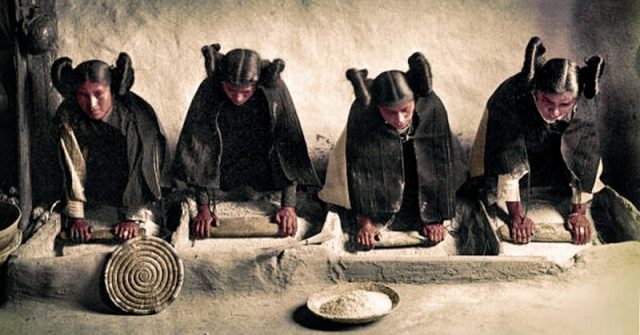
From its beginnings in tribal groupings through to becoming one of the most iconic movie images of all time, Leia’s hairstyle has traveled across the universe of entertainment in various ways. It even got an article devoted to it in Vogue (2015), showing readers how to capture the elaborate styling.
Hair artist Ilker Akyol commented “It’s slimming… [The buns] cover the ears, which changes the whole face shape.”
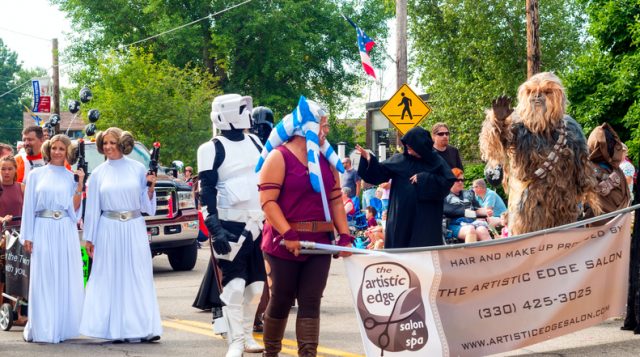
In terms of how the original look was created, Kendra Van Cleave told the BBC an interesting home truth — that “buns” wasn’t an accurate description. The “two side arrangements” are “more loops of hair.”
Going on to describe how the style is put together, she said “The hair is parted in the centre, then wrapped around a U-shaped ‘hair bow’ made of wood. The hair is wrapped in a figure of eight pattern, then tied at the middle and spread out to create the two semi-circles.”
https://www.youtube.com/watch?v=JkEam_vNBcE
Fisher seemed happy to ditch it, yet whether she liked it or not, the loops helped cement Leia’s character into the cinemagoers’ consciousness. She played the role for the remainder of the original trilogy, after which she became known both as an actress and writer. When the Star Wars franchise was expanded in 2015, she was along for the journey.
Read another story from us: The Hopi Native American Tribe is Called “the Oldest of People”
While she passed away in 2016, her most famous performance will continue in the upcoming Episode IX. Reportedly this will use unseen footage of Leia. The ’do died, but the wearer lives on.
